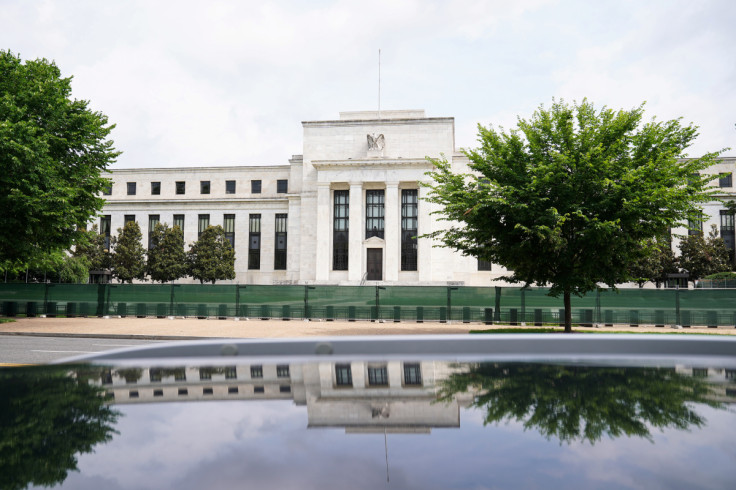Interest Rate Hikes: Will The Fed Pause In 2023?
Interest rate hikes will be the new normal. That's the message the Federal Reserve delivered to financial markets this week following the Federal Open Market Operations' (FOMC) meeting.
The nation's central bank raised the Federal Funds rate by 75 bps, bringing it to 3.25%, and signaled that there is more to come until the "job is done," when inflation drops to its official target of 2%. That's a long way from the recent inflation numbers, which ran in the 8.3-8.5% range.
FOMC's hawkish message is consistent with the message the Federal Reserve Chair Jerome Powell delivered at the Jackson Hole Economic Symposium last month to prepare Wall Street for what was coming.
But apparently, the Fed didn't prepare Wall Street enough. Thus, the sell-off that followed on Wednesday afternoon spread to Thursday's trading session. Speculative shares, mostly trading on NASDAQ, were hit particularly hard as higher interest rates created a new valuation game.
But David Bahnsen, a chief investment officer of The Bahnsen Group, a wealth management firm based in Newport Beach, California, advises investors not to overanalyze post-FOMC meeting market reactions. He thinks trades and hedges ahead of the meeting distort the situation, which could be a more natural reaction.
Meanwhile, Bahnsen notes that the heightened volatility caused by the magnified uncertainty of an unstable monetary policy regime makes it hard to determine valuations. "Excessive quantitative easing over the past decade is going to result in excessive tightening, and the market has no way of pricing it to valuations," he told International Business Times in an email.
Nonetheless, he thinks the Fed will pause in 2023 as inflation pressures ease. "Trucking prices, gasoline, manufacturing, used cars, residential rent and shipping costs are all decreasing," he said. "The sticky part of our current inflationary moment is food, and when food prices roll over, the entire inflation narrative changes, but not before."
Bahnsen's optimism about the easing of inflation is supported by the Fed's diffusion index, which shows that prices received have declined substantially in recent months. "The reality is that inflation is on a path to decline organically, regardless of Fed action," Adam Coons, CFA, portfolio manager at Winthrop Capital Management, said. "The old saying that the cure for high prices is high prices historically proves to be true. We believe that inflation has peaked and will begin a relatively steep decline, as consumer purchasing power has declined significantly and the economy slows."
Shmuel Shayowitz, president and chief lending officer at Approve Funding, thinks that the Fed is committed to raising rates by at least 1.25 percentage points in the two remaining meetings this year, but there will be any Fed hikes in 2023. "I do believe we will see cuts in the second half of 2023," he told IBT.
What does a pause in interest rate hikes in 2023 mean for investors? Bahnsen thinks that investors holding shares of companies that pay high, generous and growing dividends will be happy coming out of this environment.
But investors holding indexes may be disappointed while the market volatility caused by the "new normal" lasts. "Organic free cash flow from stronger balance sheet companies is the favorite place to be in this environment," he added.

© Copyright IBTimes 2024. All rights reserved.






















